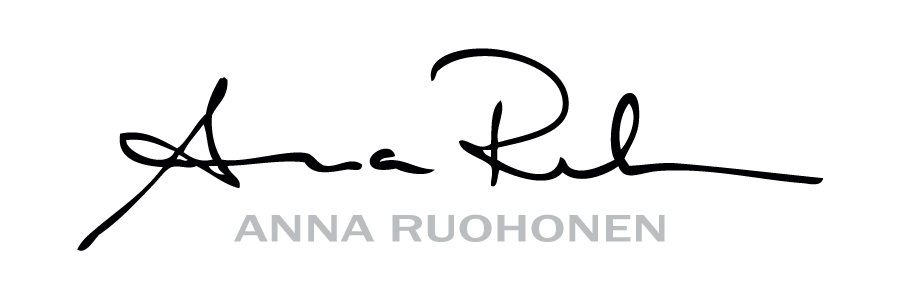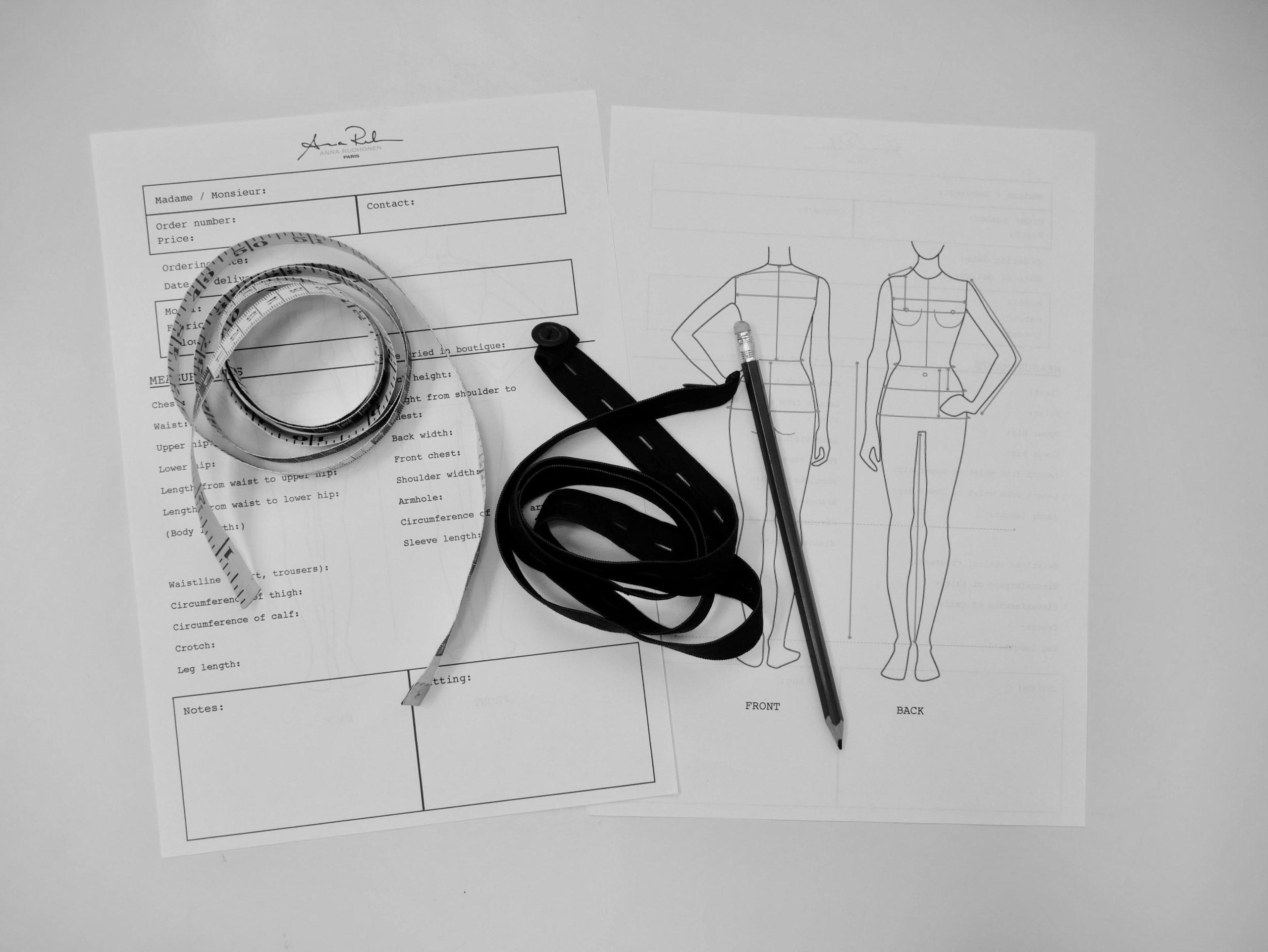
You will need a waistband, measuring tape, pen and paper and for some measures if possible a helping hand.
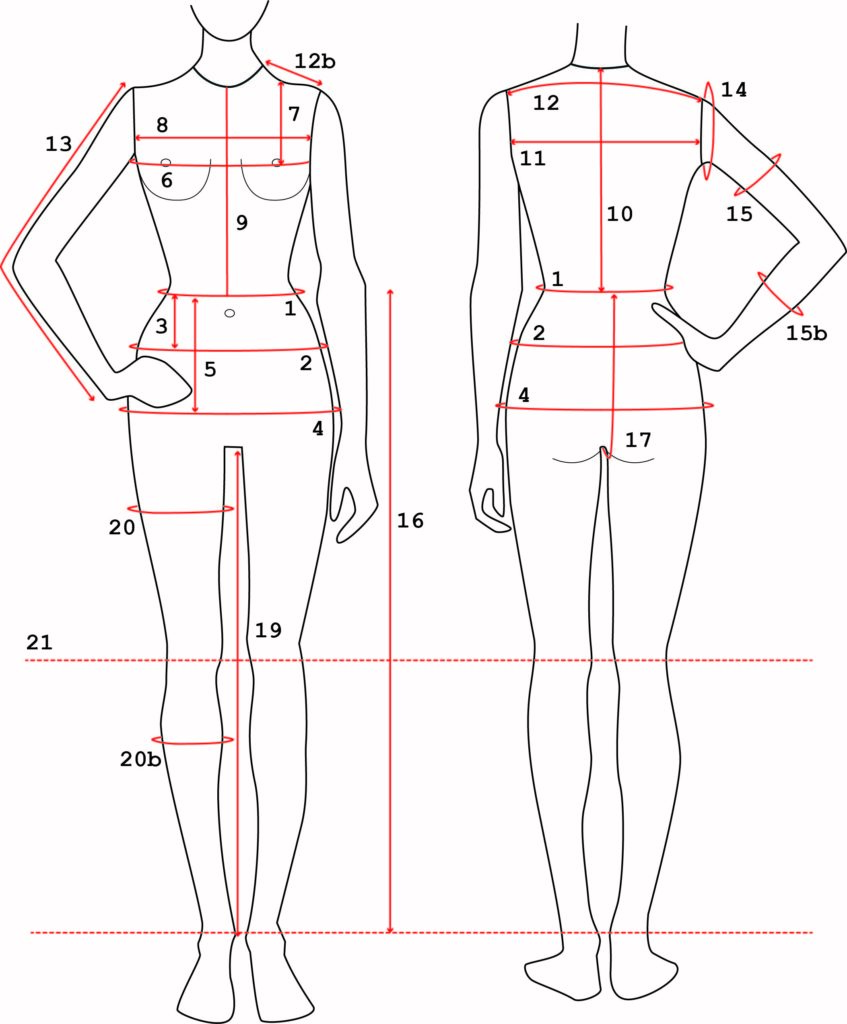
1. Waist
2. Upper hip
3. Waist to upper hip
4. Hip
5. Waist to hip
6. Bust
7. Bust height
8. Chest
9. Front bodice
10. Back bodice
11. Back width
12. Shoulder width
12b. Shoulder
13. Sleeve length
14. Armhole
15. Biceps
15b. Circumference of arm
16. Side seam
17. Crotch
18. Crotch depth
19. Inseam
20. Thigh
20b. Calf
21. Knee-length
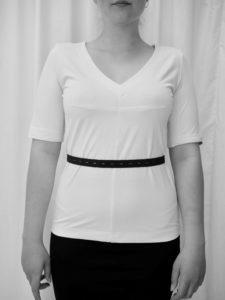
WAISTBAND
To start, place an elastic or any other band at your waist.
All measures of length are taken from your waistline.

1. WAIST
Take a firm measure but without tightening.
A measuring tape that has markings (cm) only on one side would be the best option, as you will not by accidentally twisting the tape get wrong results. Make sure you always start the measuring from the zero end.
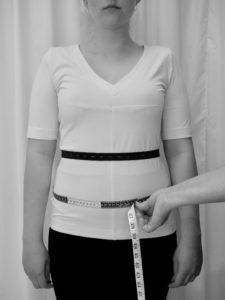
2. UPPER HIP
The measure of the upper hip is taken from the point where you feel your coxal (hip) bones.
It is important that you keep the measuring tape straight and parallel to the floor and waistband.
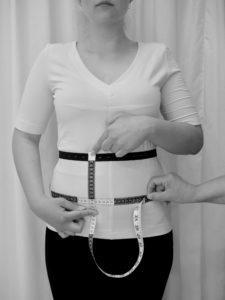
3. WAIST TO UPPER HIP
Use the end of the measuring tape to obtain the distance between your waist and upper hip.
The measure is typically 9-12cm.
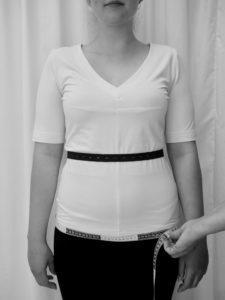

4. HIP
The measure of the hip should be taken at the fullest point of your hip. Move the measuring tape up and down to find the correct measure.

5. WAIST TO THE HIP
Use the end of the measuring tape to obtain the distance between your waist and hip.
The measure is typically 18-24cm
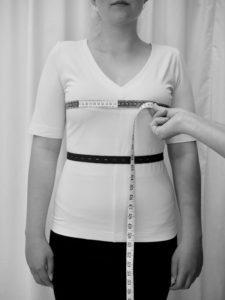
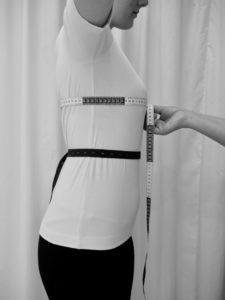
6. BUST
The measure of the bust is taken over the fullest part of your bust. Make sure that you keep the measuring tape straight and parallel to the floor and waistband.
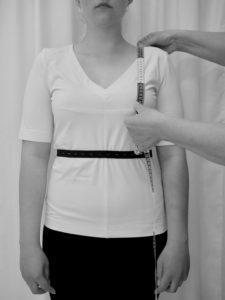
7. BUST HEIGHT
The measure of bust height is the distance from your shoulder to the bust point.
This measure can vary a lot, from 22-30cm.
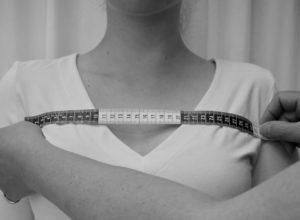
8. CHEST WIDTH
Measure the width of your chest above your breasts, from/to where your arms begin.
This measure is typically between 30-35cm.
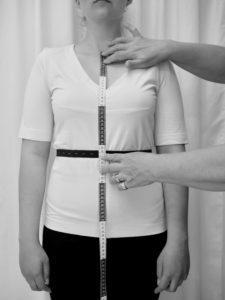
9. FRONT BODICE
Measure the front bodice from the uppermost point of your sternum, where you feel a small imprint, down to your waist.

10. BACK BODICE
Measure the back bodice from the uppermost tip of your spine (you feel the uppermost vertebra by slightly bending your head) down to your waist.
This measure is difficult to take by yourself. You can try to measure it with the help of a mirror.
This measure varies a lot from one person to another, even with the same body height, between 35-45cm.

11. BACK WIDTH
This measure is taken from/to the point where your arms begin, at the widest point of your back.
The measure is typically between 32-40cm.

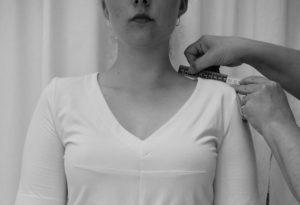
12. SHOULDER WIDTH
The measure of shoulders is taken in a slight curve from/to the point where your arms begin.
The measure is typically between 35-42cm.
12b. SHOULDER
This is an extra measure needed for some specific clothing.


13. SLEEVE LENGTH
The measure of sleeve length is taken in two steps; a) from the shoulder to below the elbow, and b)from below the elbow to the wrist bone. Keep your arm slightly bent when taking the measures. The measure is typically 57-63 cm for women.

14. ARMHOLE
This measure tells how lose you want the armhole of the garment.
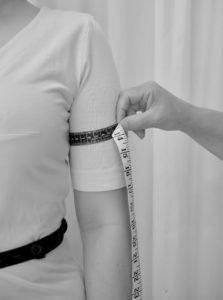
15. BICEPS
The measure of biceps is taken from the fullest point of the upper arm.
The measure typically varies between 25-38cm.
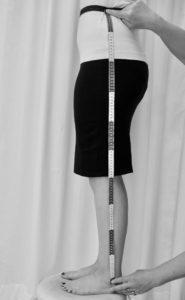
16. SIDE SEAM
The measure of the side seam is needed for long skirts and trousers.
Take the measure from your waist down to your ankle bone.
Special trouser measures


17. CROTCH
The measure of the crotch is taken from back to the front of your waistline.
For trousers, this measure can also be taken to define the height of the trousers to be lower than up to your waistline.

18. CROTCH DEPT
This measure should be taken when sitting on a flat and hard surface.
The measure is from the waistline to the surface; determining the depth of the crotch.
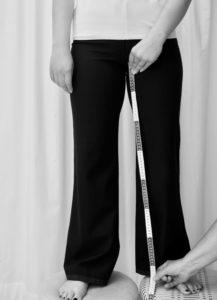
19. INSEAM
The measure of inseam is used to define the length of the trousers.

20. THIGH
Take the measurement around the fullest point of your thigh.
20.b CALF
Also, Calf measure can be useful.

21. KNEE-LENGHT
For some designs, the knee-length is also useful as a starting point of widening or narrowing trousers.
Special notes
One should always keep in mind that the person making the patterns does not have the person in front of her when drawing the patterns. So to decide where the perfect place for the skirt to drop on the hip is, she needs a measure for it.
So besides the basic measures, it is often very useful to give so-called fix measures for specific pieces of clothing, for instance for the waistband of the skirt or trousers.
With measures, more is better than less, even if it takes a bit of your time!
Thank you!
